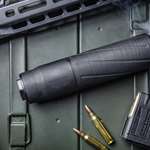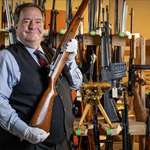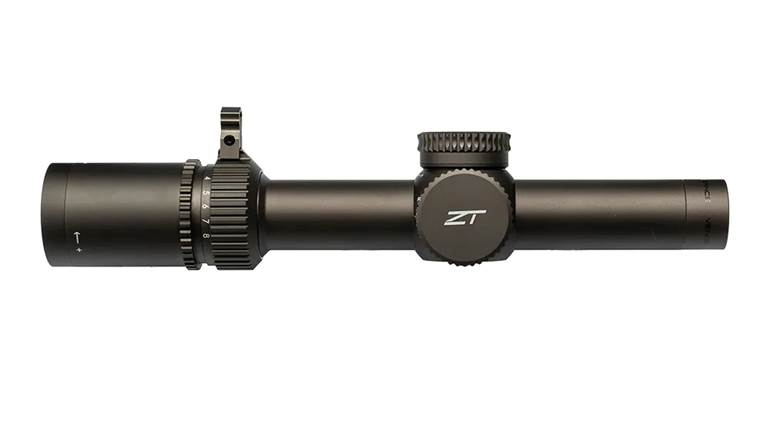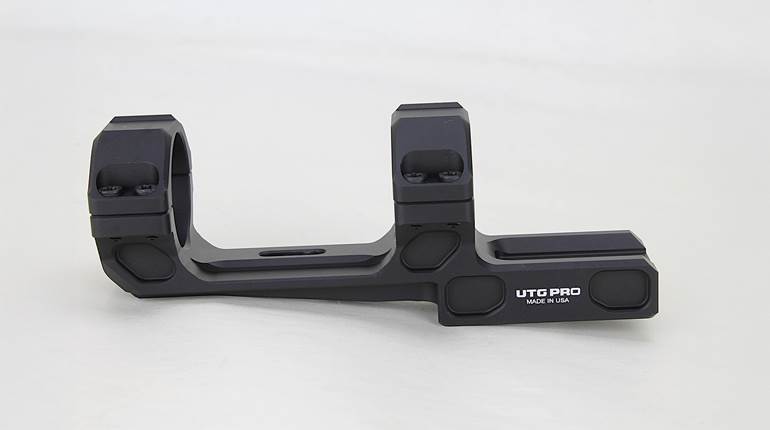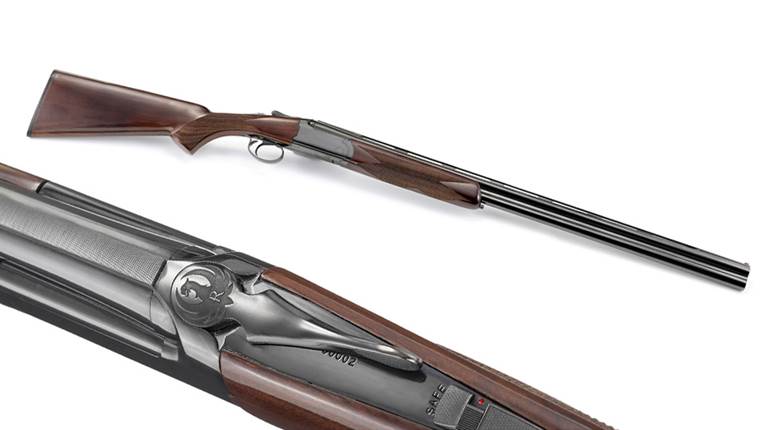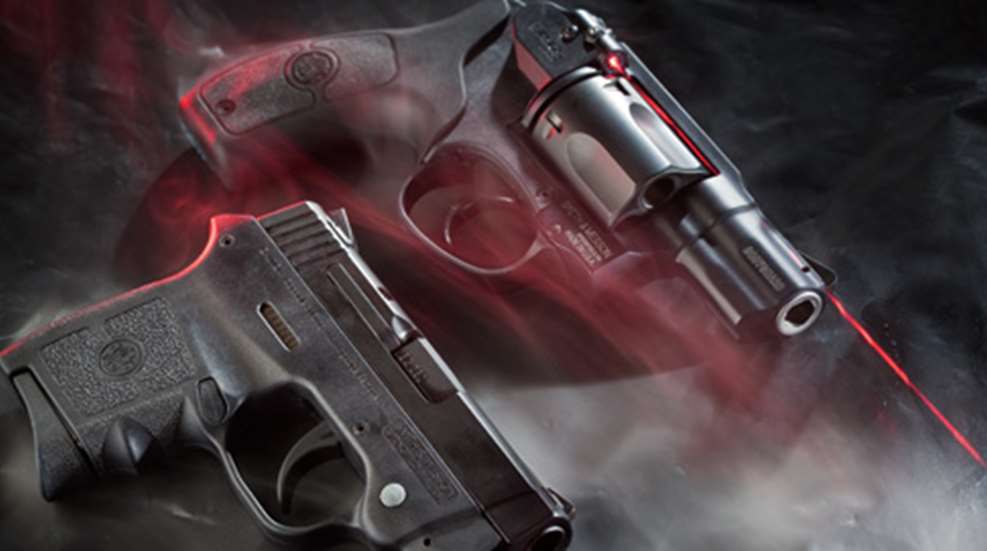
It seems as though every handgun maker on the planet has suddenly discovered America’s great interest in the compact and concealable defensive handgun. It is just plain good business to pay attention to this demand by supplying light, but powerful, high-quality and attractively priced pistols and revolvers. Shooters have stated their needs and their desires. Often those desires include a handy, easy-to-use laser sighting system. One of the biggest handgun product lines in the world comes from Smith & Wesson, and it just got a little bigger, because the firm has just introduced two new models—guns that address the needs I have just enumerated.
These are the Bodyguard-series handguns. Lest there be confusion on the matter, the company’s long-time use of the term “Bodyguard” (a shrouded-hammer, five-shot J-frame .38 Spl. made in many variations) now also includes two double-action-only designs, a .38 Spl. +P revolver and a small .380 ACP semi-automatic. It is a radical step forward for S&W, as both guns use substantial amounts of high-strength polymer in their construction. Both have laser-sighting systems to complement the traditional iron sights. And, in both cases, the laser is integral with the structure of the gun and not added by means of special grips or other bolt-ons. I was lucky enough to be invited to the plant to see the new guns assembled in the factory and fired on indoor ranges. Graciously, S&W even invited me to participate in building guns on the all-new assembly line. This is radical stuff for S&W and there’s a lot to describe before I can report what happened when I took a pair of them to the range.
S&W BG 38 .38 Spl. +P
Let’s begin with the BG 38, the model designation for the new five-shot .38 Spl. +P. Visually, there is a great deal of similarity between the J-frames and the new BG 38, particularly in overall dimensions and general profile. Using that particular shape is a concession to both tradition and holster makers, who don’t have to develop new designs. The BG 38 has a cylinder that swings out to the left. It is a double-action-only that behaves like the current line of Centennial revolvers, but that’s about where the resemblance ends. The BG 38 has no mechanical resemblance to the J-frame revolver, and no parts interchange. On the new gun, the action is completely different, arranged to be easily fabricated and easier yet to assemble. Cycling the action a few times, I was startled to see that the cylinder turned clockwise, which flies in the face of millions of existing Smiths. But frankly, what difference does it really make?
The BG 38 does not have a hand that reaches through the breech face and engages notches on the extractor to turn the cylinder. On this gun, the cylinder turns by virtue of a star-shaped rod that engages matching recesses in the extractor. On the BG 38, the frame and barrel shroud are cast in one single unit (called the upper frame) from aluminum alloy, which is threaded to accept a stainless steel barrel. In the assembly process, the barrel gets screwed in place against a fixture that establishes a proper barrel cylinder gap, and then the adjustment is locked in place by installing the front sight, which extends down and into a notch in the barrel. This prevents the barrel from becoming unscrewed. The cylinder uses a new form of extractor and differently shaped flutes, but it is made from stainless steel with PVD coating.
The frame and barrel shroud may be a single unit, but unlike conventional J-frames, the entire back portion of the revolver—essentially everything aft of the cylinder—is another unit. It is called the lower frame, and it’s made of reinforced polymer. The upper frame contains the lockwork, and the lower slides onto it and is secured to it by five screws. The trigger guard is a separate unit, and there is no sideplate. All of these seemingly radical differences from traditional J-frames simplify and speed up manufacturing.
One other difference that is going to be much more controversial is the cylinder latch. Instead of a push-forward thumb piece on the left side of the frame, the BG 38’s latch is a polymer bridge on top of the frame. It is accessible from either side of the gun, and it is nestled behind the laser unit, mounted high on the right side of the frame where the top edge of the sideplate is found on most S&W revolvers.
S&W BG 380 .380 ACP
For many years, the typical .380 ACP pistol was made of steel and worked on a plain blowback system. Shooters were willing to accept the limitations on this kind of gun, which was somewhat simpler and easier to manufacture than larger and more powerful pistols. But today’s concealed-carry handgunner demands, and usually gets, a smaller and lighter gun that is easy to carry and conceal. The .380 ACP cartridge fits in these smaller platforms very well, and S&W has been a little late in offering such a handgun.
With the introduction of the BG 380, it is evident that the delay was involved with engineering a feature into the pistol that no other gun has. The new S&W has a laser integrated into the construction of the gun, not added. The gun itself is light and compact, built around a tilting-barrel form of recoil operation.
The BG 380 is a full-featured pistol with a manual safety to back up the inherently safe double-action-only trigger system. Unlike some of the competing models, the new S&W also has a slide lock that holds the slide to the rear when the last shot is fired. On the left side of the gun, the catch that does this is manually operable. There’s also a rotating take-down lever. Also, the BG 380 uses a conventional magazine catch just to the rear of the trigger guard on the left side. These are all features commonly associated with larger pistols. Even the sights, both front and rear, are full-size, easily seen and dovetailed into the slide top for drift adjustment.
Ergonomically, the BG 380 is about as good as you can get with a sub-compact pistol. In grasping the little gun, I find the web of my hand close to the bore axis and slightly above the mid-curve of the trigger. This gives a back-and-up trigger pull. There is one ergonomic option on the new .380—it comes with two magazine floorplates. The one with a finger extension makes it a two-finger pistol and easier to shoot. The flat one produces a one-and-a-half finger butt—and it’s easier to conceal.
A New Approach To Factory Sights
Smith & Wesson partnered with Insight Technology to develop a laser system fully integrated into the design of the BG 380. It was a considerable engineering effort, and the result is nothing less than outstanding. The entire laser module is worked into the dust cover, the area on the lower edge of the receiver, just forward of the trigger guard. Somehow, they found enough room for the miniaturized circuitry that drives this device. It adds almost nothing to the bulk of the gun, and there are no awkward projecting battery chambers or the like. Naturally, the laser needs power and that comes from a couple of watch-type batteries. It is a relatively simple matter to change batteries, but make sure you keep the manual that shows and tells you how to do it. In a final neat touch to the laser system, an activation button for turning on the red dot is found on both sides of the gun. It’s conveniently located for both the trigger finger of the shooting hand and thumb of the support hand. The system is so unobtrusive that it could possibly pass without being noticed.
Laser sights were first seen on factory guns around 20 years ago, but only in fairly recent times have they slimmed down to the point where they can go onto mainstream handguns. Usually modern lasers sights are found in the form of clever grips, bolt-on units for the railed guns or units that replace recoil spring guides in semi-automatics. This partnership of S&W and Insight is a history-making event. With the BG 380, it is the first time that a laser has been integrated into the physical structure of a large-scale production firearm. Insight’s Bodyguard laser seems like a pretty good one—bright enough to be seen at 25 yards and easily managed. On the new S&Ws, the laser turns on with a push of the gray button. It’s on top of the laser unit on the right side of the revolver frame. As mentioned before, the .380’s laser is in the pistol and activates from either side. One push delivers a steady red dot downrange; a second push produces a blinking light and one more push turns the unit off. Battery life is always a problem with such devices, and this one will deliver three hours of continuous use. You can’t leave it on, either, because the unit shuts off after five minutes. Both guns have laser systems that are adjustable for point of aim to coincide with point of impact. In handling my sample guns and several others on the range, it appears that the factory adjustment is right on the money. Most shooters probably won’t need to fool with the windage and elevation screws, but they’re there if you need them.
At the range, I fired both guns in the standard American Rifleman protocol, which produced results acceptable for the guns’ intended purpose, but inconsistent with other Smith & Wesson firearms. In fairness to the test guns, the relatively large 25-yard groups might be as much a function of very small guns and long, fairly heavy trigger pulls. I also tried something new by moving the target into the FBI standard 7-yard line. At this range, I repeated the five consecutive, five-shot groups exercise, using the laser sight exclusively. As the tabulation suggests, accuracy was markedly better. As a purely firearm matter, I found the trigger pulls to be a bit awkward and unlike typical S&W firearms. This may well be because they are atypical S&Ws—they are completely new and original guns. The concept of an integral laser sighting system is radical enough, but the Bodyguard project also involves S&W’s first venture into polymer revolvers and sub-compact pistols. As has been the case with Smith & Wesson for a century and a half, the intent is to provide Americans with the means of defending themselves in times of grave need. I’m betting that these latest ’Smiths are going to be well-received.
Specs:
Manufacturer: Smith &Wesson; (800) 331-0852; www.smithandwesson.com
Caliber: .38 Spl. +P (BG 38); .380 ACP (BG 380)
Action Type: double-action-only (BG 38); recoil operacted semi-auto (BG380)
Frame: cast aluminum upper, polymer lower (BG 38); polymer (BG 380)
Barrel: 1.90” (BG 38); 2.75” (BG 380)
Rifling: 1:18.75” LH twist (BG 38); 1:16” RH twist (BG 380)
Capacity: five (BG 38); six (BG 380)
Sights: fixed, square-notch rear and ramp front (BG 38); front ramp, drift-adjustable square-notch rear (BG 380); both have integrated lasers
Trigger Pull: double-action only 12 lbs. (BG 38); double-action only 10 lbs.
Overall Length: 6.60” (BG 38); 5.25” (BG 380)
Width: 1.35” (BG 38); 3.62” (BG 380)
Height: 4.50” (BG 38); 3.62” (BG 380)
Weight: 14.3 ozs. (BG 38); 11.85 ozs. (BG 380)
Accessories: zipper case, lock, owner’s manual
Suggested Retail Price: $625 (BG 38); $575 (BG 380)












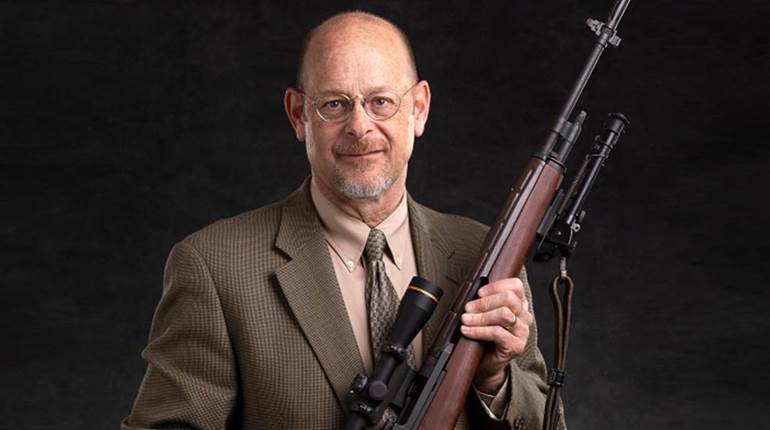


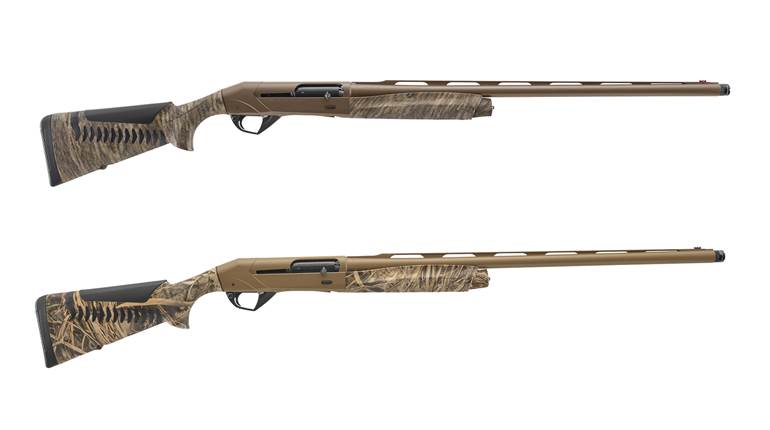

![Winchester Comm[94]](/media/1mleusmd/winchester-comm-94.jpg?anchor=center&mode=crop&width=770&height=430&rnd=134090756537800000&quality=60)
![Winchester Comm[94]](/media/1mleusmd/winchester-comm-94.jpg?anchor=center&mode=crop&width=150&height=150&rnd=134090756537800000&quality=60)

